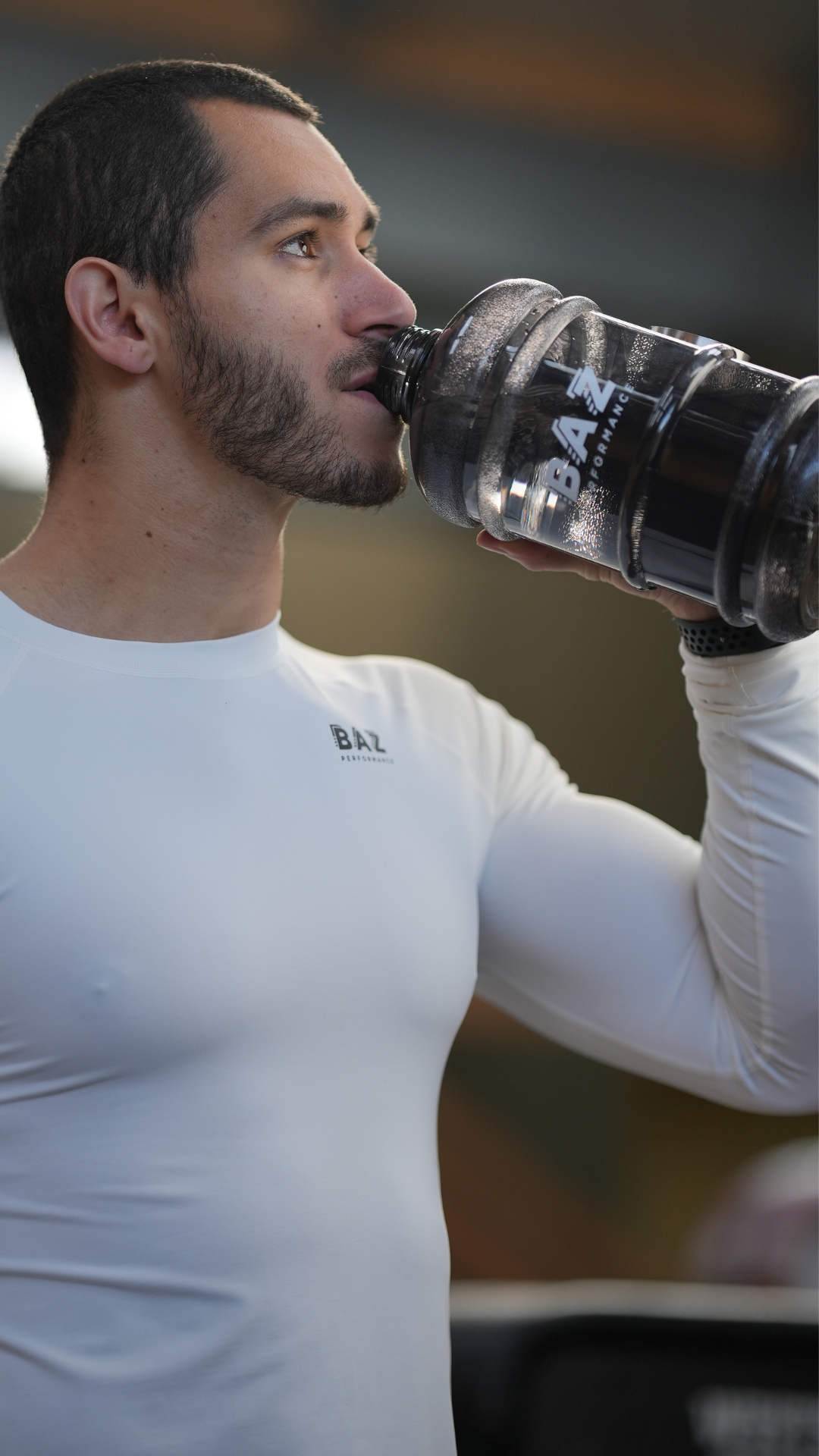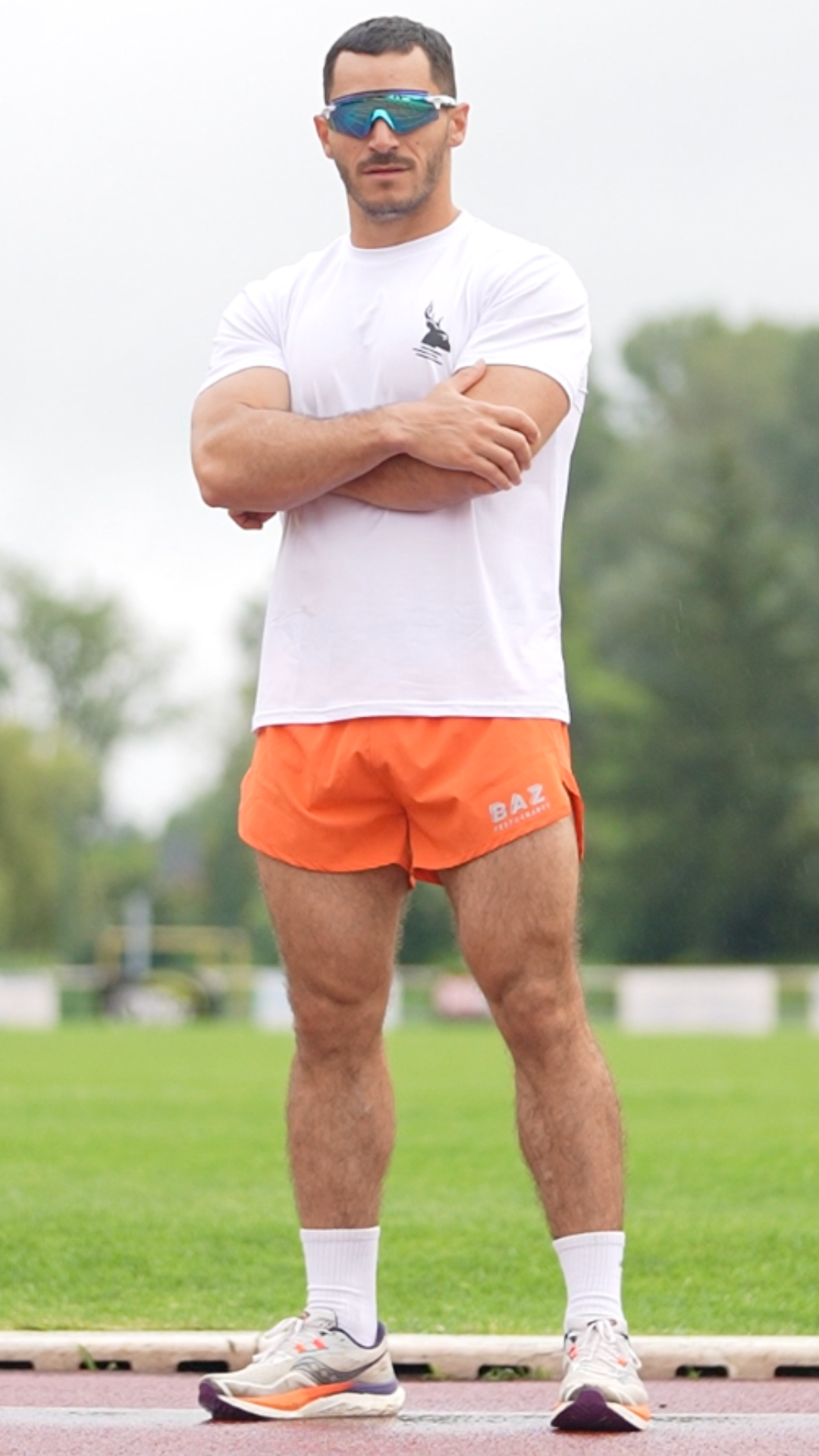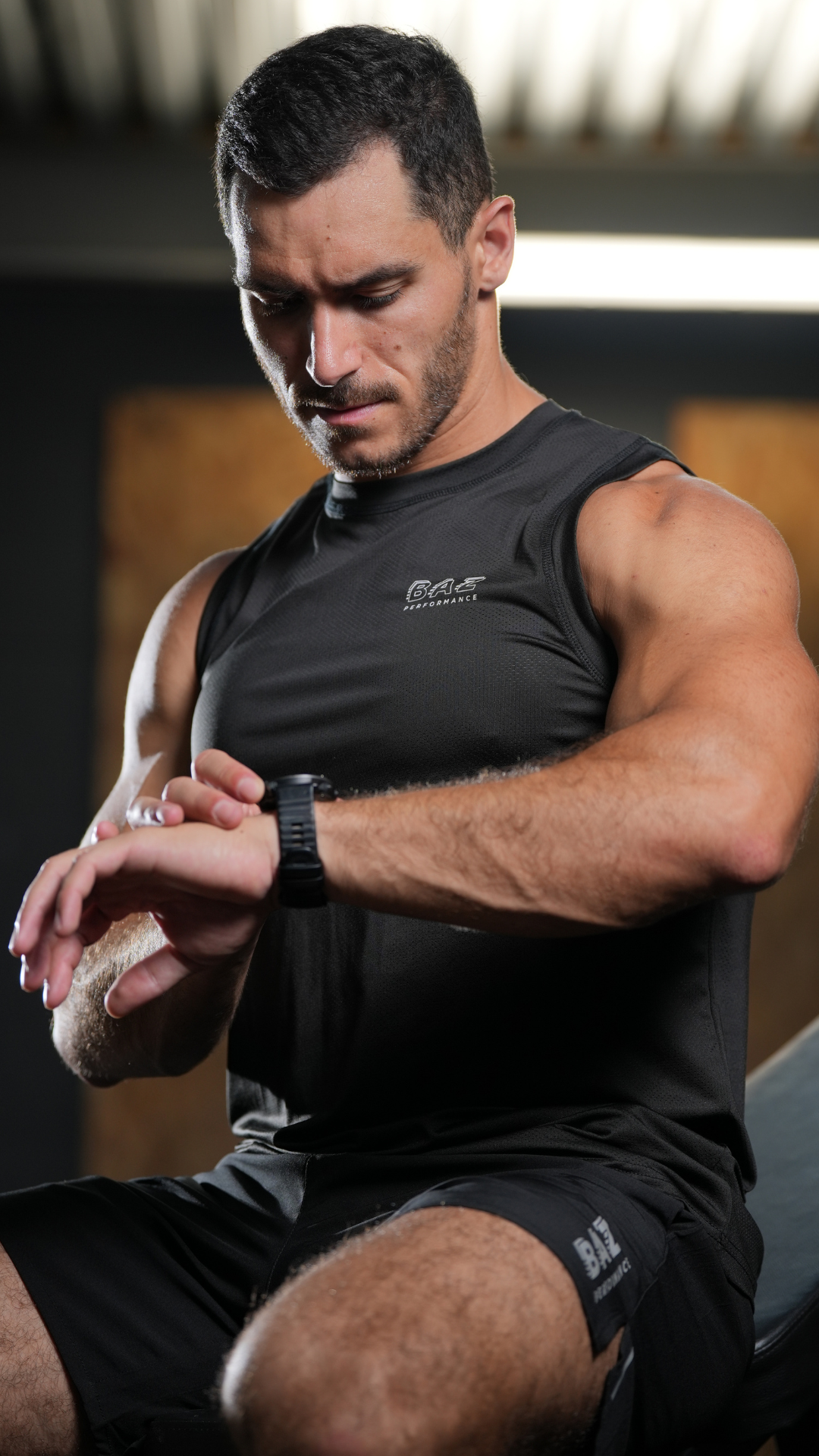
Training in Hot Weather
1. Choose the Right Time to Train
On hot days, it's crucial to choose the right time for your workouts. Avoid the hottest hours of the day, usually between 10 a.m. and 4 p.m. Instead, train early in the morning or late in the evening when temperatures are cooler. Not only will you reduce the risk of heatstroke, but you'll also find exercise more enjoyable.
2. Adjust the Intensity of Your Workouts
High temperatures can increase the stress on your body, so it's important to adjust the intensity of your workouts accordingly. Reduce the intensity or duration of your workouts to avoid overworking your body. For example, if you're a runner, consider shortening your runs or slowing down your pace.
The main thing is to listen to your body and not force it.
3. Hydrate Before, During, and After Training
Dehydration is one of the biggest risks when exercising in hot weather. Your body loses a significant amount of water through sweat, and it's essential to replenish this loss.
Drink water regularly throughout the day, not just during your workout. Take small sips of water, even if you don't feel thirsty.
After your session, continue to hydrate to help your body recover.
Stay hydrated with our Baz Athletics 2L water bottles, or bring our soft flasks with you in your bag.
4. Wear Appropriate Clothing
Choosing the right outfit can make a big difference when training in hot weather. Wear lightweight, loose-fitting, and breathable clothing that allows your skin to breathe and sweat to evaporate more easily. Technical fabrics designed to wick away sweat are especially recommended. Don't forget to wear a cap or hat to protect your head from the sun, and apply sunscreen to avoid sunburn.
5. Find Alternatives to Outdoor Training
If the heat is truly unbearable, consider moving your workout indoors. You can opt for a gym session, a home fitness class, or even a swim, which not only cools you down but also works your entire body. Indoor yoga or Pilates exercises are also great options for staying active without exposing yourself to the heat.
6. Listen to your body
Exercising in hot weather can increase your risk of heatstroke, exhaustion, or dehydration. Pay attention to your body's signals. If you experience dizziness, nausea, headaches, or excessive fatigue, stop your workout immediately, find a cool place, and hydrate. Never ignore these signs, as they may indicate that your body is overheating.

